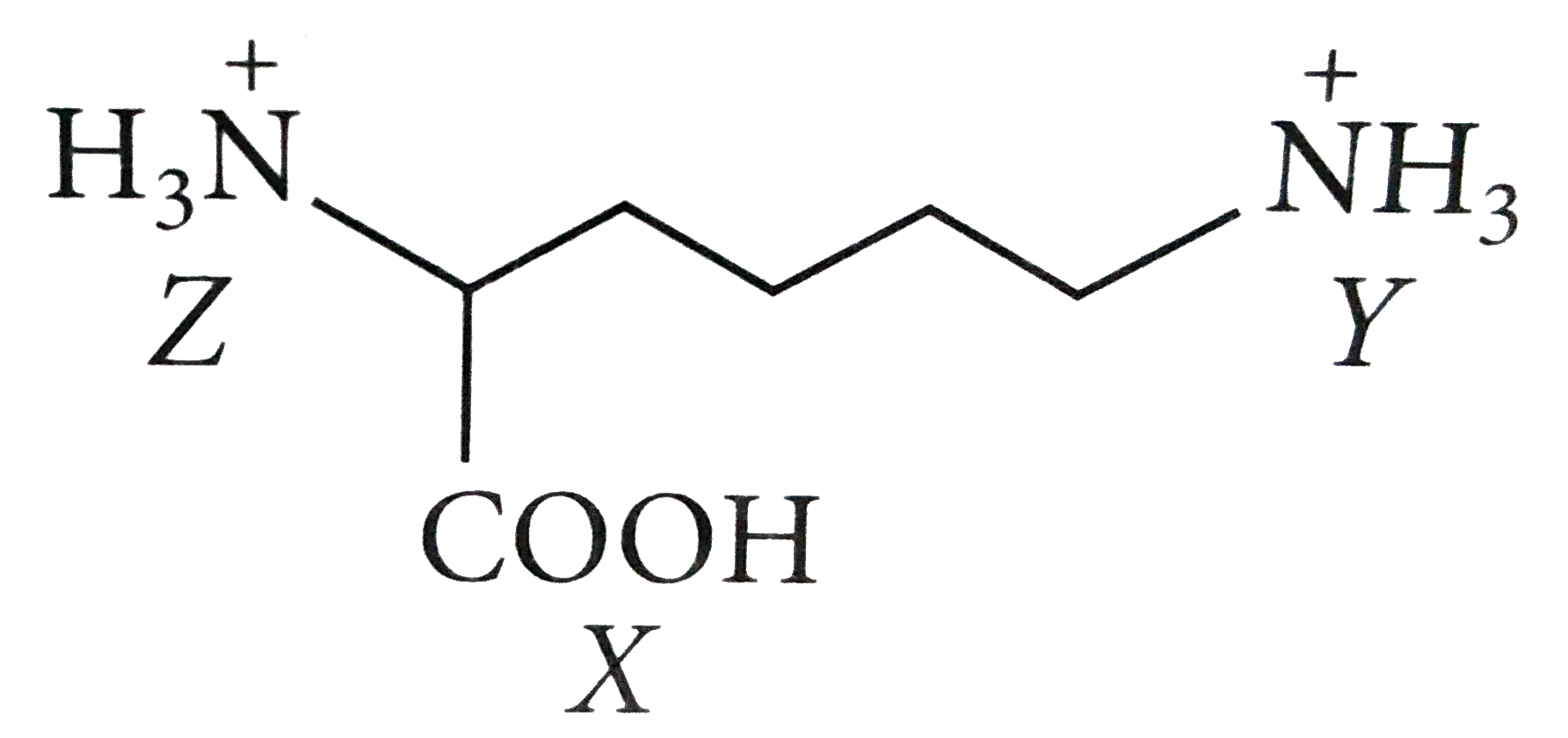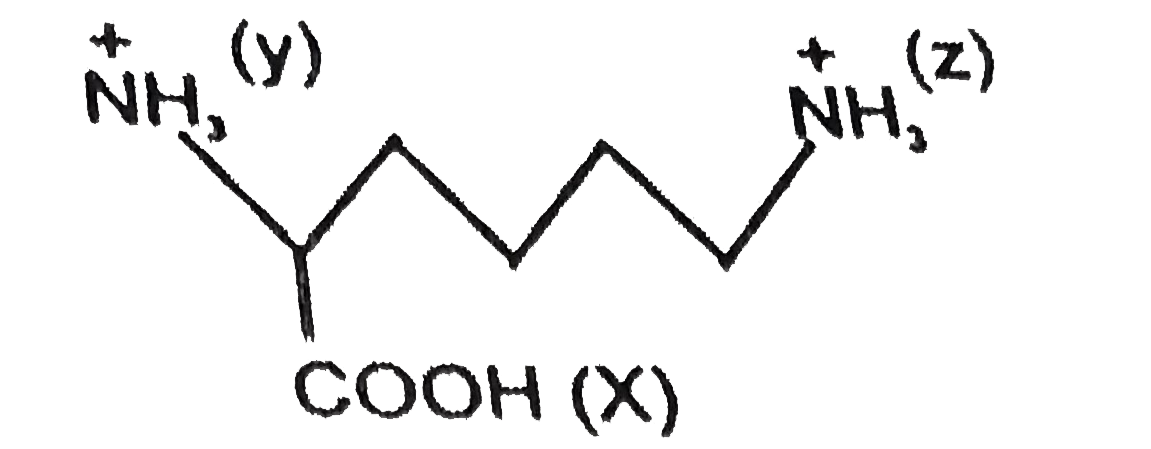Thermal decompositon of a compound (X) yields , a basic oxide (Y) and an acidic oxide (Z) simultanously. The acidic oxide (Z) can be absorbed by alkaline KOH. Indentify (X),(Y) and (Z).
To solve the problem, we need to identify the compound X, the basic oxide Y, and the acidic oxide Z based on the information provided.
1. Identify the Acidic Oxide Z:
- The question states that the acidic oxide Z can be absorbed by alkaline KOH.
- A common acidic oxide that reacts with KOH is carbon dioxide (CO2), which forms potassium bicarbonate when it reacts with KOH.
- Therefore, we can conclude that Z=CO2.
2. Determine the Basic Oxide Y:
- We know that the thermal decomposition of compound X yields a basic oxide Y and the acidic oxide Z.
- Since Z is CO2, we need to find a compound that decomposes to produce CO2 and a basic oxide.
- One such compound is calcium carbonate (CaCO3). When CaCO3 is thermally decomposed, it produces calcium oxide (CaO) and carbon dioxide (CO2).
- Thus, we have Y=CaO.
3. Identify the Compound X:
- Since we have determined that Y is calcium oxide and Z is carbon dioxide, we can now identify X.
- The compound X that decomposes to yield Y and Z is calcium carbonate (CaCO3).
- Therefore, X=CaCO3.
Final Identification:
- X=CaCO3 (Calcium Carbonate)
- Y=CaO (Calcium Oxide)
- Z=CO2 (Carbon Dioxide)
- The question states that the acidic oxide Z can be absorbed by alkaline KOH.
- A common acidic oxide that reacts with KOH is carbon dioxide (CO2), which forms potassium bicarbonate when it reacts with KOH.
- Therefore, we can conclude that Z=CO2.
- We know that the thermal decomposition of compound X yields a basic oxide Y and the acidic oxide Z.
- Since Z is CO2, we need to find a compound that decomposes to produce CO2 and a basic oxide.
- One such compound is calcium carbonate (CaCO3). When CaCO3 is thermally decomposed, it produces calcium oxide (CaO) and carbon dioxide (CO2).
- Thus, we have Y=CaO.
- Since we have determined that Y is calcium oxide and Z is carbon dioxide, we can now identify X.
- The compound X that decomposes to yield Y and Z is calcium carbonate (CaCO3).
- Therefore, X=CaCO3.
- X=CaCO3 (Calcium Carbonate)
- Y=CaO (Calcium Oxide)
- Z=CO2 (Carbon Dioxide)
Topper's Solved these Questions
- BOOK - CENGAGE CHEMISTRY ENGLISHCHAPTER - S-BLOCK GROUP 2 - ALKALINE EARTH METALSEXERCISE - Exercises Linked Comprehension42videos
S-BLOCK GROUP 2 - ALKALINE EARTH METALS
- BOOK - CENGAGE CHEMISTRY ENGLISHCHAPTER - S-BLOCK GROUP 2 - ALKALINE EARTH METALSEXERCISE - Exercises Multiple Correct25videos
S-BLOCK GROUP 2 - ALKALINE EARTH METALS
- BOOK - CENGAGE CHEMISTRY ENGLISHCHAPTER - S-BLOCK GROUP 2 - ALKALINE EARTH METALSEXERCISE - Ex 5.1 Objective2videos
S-BLOCK GROUP 2 - ALKALINE EARTH METALS
- BOOK - CENGAGE CHEMISTRY ENGLISHCHAPTER - S-BLOCK GROUP 1 - ALKALI METALSEXERCISE - Archives Subjective8videos
S-BLOCK GROUP 1 - ALKALI METALS
- BOOK - CENGAGE CHEMISTRY ENGLISHCHAPTER - SOME BASIC CONCEPTS AND MOLE CONCEPTEXERCISE - Archives Subjective11videos
SOME BASIC CONCEPTS AND MOLE CONCEPT
Similar Questions
Thermal decomposition of which of the salt listed below yield a basic and acidic oxides simultaneously?
View SolutionThermal decomposition of which of the salt listed below yield a basic and acidic oxides simultaneously?
View SolutionWhich of the following on thermal decomposition yields a basic as wel as acidic oxide?
View SolutionState how you would obtain (i) Sulphuric acid from an acidic oxide (ii) KOH from a basic oxide
View SolutionA red coloured mixed oxide (X) on treatment with conc. HNO3 gives a compound (Y). (Y) with HCl produces a chloride (Z) which is insoluble in cold water but soluble in hot water, (Z) can also be formed by treating (X) with conc. HCl. Compounds (X), (Y) and (Z) are :
View SolutionDifferentiate among acidic oxides, basic oxides, amphoteric oxides and neutral oxides.
View SolutionA liquid (X) having a molecular formula C6H12O2 is hydrolysed with water in the presence of an acid to give a carboxylic acid (Y) and an alcohol (Z). Oxidation of (Z) with chrome acid gives (Y) . What are the structures of (X),(Y), and (Z) ?
View SolutionConsider the compound
 and arrange X,Y, Z in order of increasing acid strengths . View Solution
and arrange X,Y, Z in order of increasing acid strengths . View SolutionIn the compound given below
 The correct order of acidity of the positions (X),(Y) and (Z) is View Solution
The correct order of acidity of the positions (X),(Y) and (Z) is View SolutionWhat is the acidity order of x,y & z ?
 View Solution
View Solution

